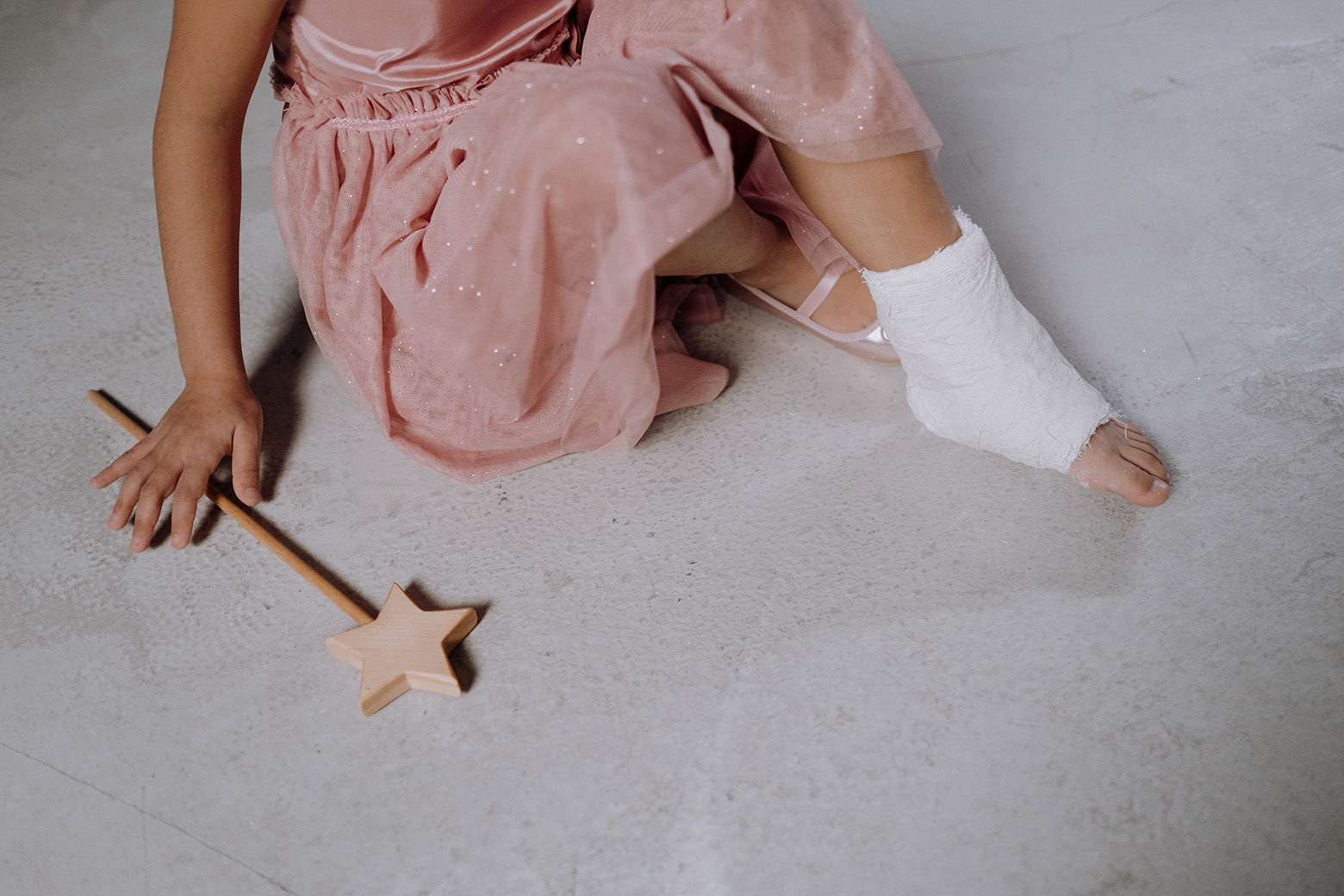Urgent Care
Diagnosis, treatment, and services for your everyday medical needs such as flu shots and lab work.

It is every parent’s worst nightmare to see their child with an injury, especially when it is something as serious as a fracture or dislocation. These are extremely common childhood injuries because young children have bones that are growing and are not yet fully developed, making them more fragile than adult bones. Because of this, it is paramount to understand the best ways how to keep your youngster safe, as we all know how adventurous and energetic kids can be. However, there are some important differences between a fracture and a dislocation that are crucial to know so as not to confuse the two.
Simply put, a fracture is a term used for a broken bone. They can occur in any bone of the body, but the most common fractures in children are in the wrists, arms, and elbows, which usually occur after a fall in most cases, the injury will heal well and cause no long-term complications.
Older children will usually be able to tell you where they are in pain and can explain what exactly happened to better understand the situation. This can make it easier to identify if the injury is in fact a fracture or potentially something more significant. It can be more difficult to identify a fracture in infants or toddlers due to their lack of communication skills. They may cry and not use the affected area, rather than articulate what they are feeling.
A dislocation is a joint injury. It occurs when the ends of 2 connected bones come apart. Fortunately, it is not common in younger children! This is because their growth plates are weaker than the muscles or tendons. Growth plates are the areas at the end of long bones where the bones grow, making them more common in teens and adults.
A dislocation happens when extreme force is put on a joint. It can occur if your child falls or takes a hit to the body, such as while playing a contact sport. It’s important to note that when a dislocation occurs, ligaments can be torn—these being flexible bands of fibrous tissue, joining various bones and cartilage. They also bind the bones in a joint together. The hip and shoulder joints, for example, are called ball and socket joints. Lots of force on the ligaments in these joints can cause the head of the bone (ball) to come out of the socket partly or fully. The most dislocated joint is the shoulder.
Now that we know what both a fracture and a dislocation are, it’s time to discuss how we go about treating them.
In most cases, if your child has a fracture, they will need to restrict movement of the injury site to allow the bone time to heal. Some fractures may require a splint or a partial cast, held in place with bandages. A splint or partial cast helps to support the injured area, allowing the bone to rest and heal while also providing your child pain relief. A splint or partial cast generally does not have to be worn for as long as a full cast. Casts are required for three weeks to three months depending on the type and location of the injury – your healthcare provider will estimate how long it will be required.
If the injury has caused the bones to move out of place, your healthcare provider will need to move the bones back into the correct position which is known as a “reduction.” These procedures are usually done under sedation or anesthesia in the emergency department or operating room. Fractures that require a reduction will need a full plaster cast (one that wraps around the limb) to allow the injury to heal. Full plaster casts stay on your child for up to three months, depending on the injury.
Treatment for a dislocation will depend on your child’s symptoms, age, and general health. It will also depend on how severe the injury is; however, all dislocations need medical care right away to prevent additional injury because untreated dislocations can lead to serious problems. One of the most common forms of treatment is R.I.C.E. which stands for rest, ice, compression, and elevation of the dislocated area. Other forms of treatment would be casting, splinting, repositioning, and in serious cases, surgery.
Whether it be a fracture or a dislocation if your child was wearing a cast and once it has been removed, your child’s skin may be dry and itchy. Bathe the skin with warm soapy water, and apply a plain, non-perfumed moisturizer.
After a fracture, children normally regain strength by engaging in gentle activity and play. Physiotherapy is usually not needed. Your healthcare provider will give your child specific advice about when and how they can return to sport, in most cases four to six weeks later. If your child had surgery, full-contact sports should be avoided for two to three months, but you should discuss this with your child’s healthcare provider.
It is highly probable that at some point your child is going to face one or possibly both injuries. Rather than looking at it as a negative thing, it’s better to see it as a sign that your child is a typical kid who is active and enjoys playing with their friends. When that day does arrive, you can be your child’s hero by understanding the signs, symptoms, and methods on how to take care of them, but even with your newfound knowledge, the experts at Chai Care will always be here to help!
* Legal disclaimer: The content of this article and the entire Chai Care blog is for educational purposes only; it does NOT constitute medical advice and must not be considered as such. Please consult a medical professional regarding any symptoms or health concerns you or your loved ones.